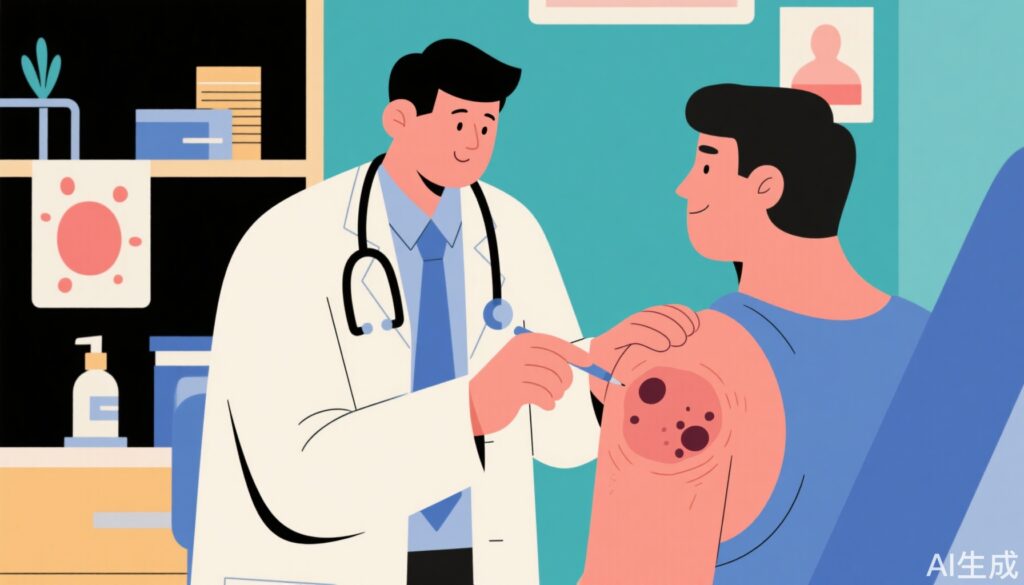Understanding Melanoma
Come summer, beach days, pool swims, and all things outdoors call your name. But it’s essential to be careful about time in the sun. Sun exposure is a major contributor to skin cancer, the most common form of cancer in the United States. Among the different types of skin cancer, melanoma is responsible for a large majority of skin cancer deaths.
Melanoma can develop from existing moles or appear as new spots on the skin. The sooner melanoma is detected, the more treatment options are available—meaning early detection is crucial. Regular screenings and vigilance regarding changes in your skin can make a significant difference.
For more valuable melanoma tips and information, read on.
5 Common Signs of Melanoma
Doctors often use the ABCDE acronym to help identify melanoma’s warning signs. Each letter represents a specific symptom or characteristic to watch for:
- A – Asymmetry: One half of a mole differs from the other in shape or size.
- B – Borders: The edges of a mole are irregular—ragged or blurred—rather than clearly defined.
- C – Color: Instead of being one uniform color, the mole has uneven shades or contains several colors, such as black, brown, tan, white, red, or blue.
- D – Diameter: The mole is larger than 6 millimeters (about the size of a pencil eraser).
- E – Evolving: The mole changes in size, shape, color, or elevation or has new symptoms, such as itching, bleeding, oozing, and crusting.
A Personal Experience: Leah Adams’ Journey
Leah Adams discovered an unusual mole on her chest and decided to visit her doctor. “I had my first-ever skin check,” Leah recalls. “Sure enough, the only mole they removed was the one on my chest.” A biopsy revealed a stage IA (early stage) malignant melanoma tumor.
Shortly after Leah’s diagnosis, her doctor informed her about the DecisionDx®-Melanoma test. “He recommended it,” Leah explains, “because the test can let you know, based on your tumor biology, whether you’re at low or high risk for your cancer spreading or coming back.” Leah agreed to take the test and learned she was low risk, easing her concerns about the potential progression of her disease.
Though waiting for the feedback from the test “was scary,” Leah acknowledges it helped her take steps forward after her diagnosis. “The test can give you next steps in your own education and awareness. Cancer opens your eyes, wakes you up, so if you have access to information that helps you live a better life, take it.”
The Importance of Regular Skin Checks
Regular skin checks are essential in the early detection of melanoma and can play a life-saving role. It’s recommended that individuals, especially those with risk factors (like a family history of skin cancer or atypical moles), should schedule annual skin examinations with a dermatologist. A professional evaluation can identify suspicious changes that may not be apparent at home.
Moreover, awareness of family history and other risk factors, such as excessive sun exposure and the use of tanning beds, should inform your skin health practices. Protective measures like sunscreen, protective clothing, and limiting sun exposure during peak hours can significantly reduce the risk of developing melanoma.
Conclusion
In summary, melanoma is a serious type of skin cancer that requires vigilance and proactive measures. Understanding the signs, undergoing regular screenings, and leveraging available tests for personalized risk assessments can empower individuals to take charge of their health. If you notice any changes in your skin or moles, don’t hesitate to consult a healthcare professional. Taking early action is your best defense against melanoma.


